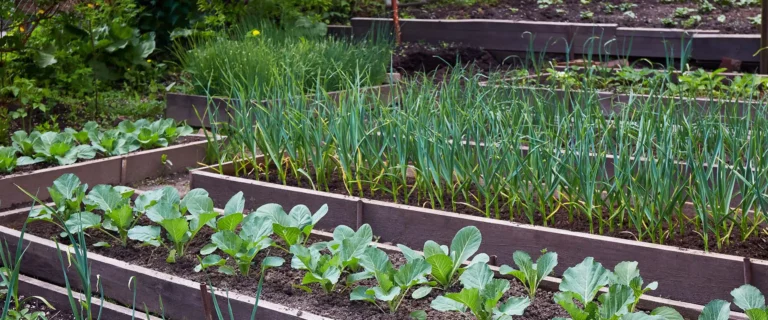You’re simply not using this plant enough! Maybe it has a bad press agent, but Sean, our horticulture guru here at The Gardener’s Center, says Phlox subulata, otherwise known as creeping phlox, has a lot of good things going for it and it isn’t being used nearly enough.
No Matter What it’s Called, it’s Beautiful
Actually, Phlox subulata goes by many monikers, including moss phlox, mountain phlox, mountain pinks, and may pinks. (It should also be called gorgeous!) It gets covered with flowers and is a beautiful—did we say beautiful?—bloomer.
Phlox is a Native Plant and Good for Pollinators
Phlox is native to the eastern part of the United States, primarily in the Appalachian mountain area. Remember, two of its common names are mountain phlox and mountain pinks, and that’s why.
So if you’re into gardening with native plants, or gardening for pollinators, you might be overlooking this one and that’s too bad. This is a fantastic pollen source for bees and butterflies early in the season, when it’s so important. It’s also a hummingbird magnet, believe it or not. So it’s got that going for it as well.
Other Advantages? It’s Evergreen, Keeps Weeds Down, and is Critter Resistant
Something else a lot of people don’t realize about this plant is that it actually keeps its leaves during the winter. It does not die back and disappear like a lot of other perennials do. And it’s because it’s evergreen and grows in thick mats that you’re not going to get any weeds growing through it. You can think of it as a natural weed suppressor! And not only does it keep weeds away, it’s deer, rabbit, and woodchuck resistant. Bonus on top of bonus!
It May Look Delicate, But it’s Super Tough
In a natural setting, you’ll find phlox growing on rocky outcroppings in the mountains and other rocky areas. It’s super hardy. Super tough. It’s also drought tolerant and likes gritty, sandy soil. You could even say that it likes poor soil.
And… (There’s more?) It’s also very, very cold hardy. In fact, it’s hardy to about 20 degrees below zero, all the way to zone 3.
A Word About Bloom Duration
So even though it may be a common plant, Sean believes there are a lot more places that it could be used. One thing to keep in mind about this beauty, though, is that usually at this time of year when phlox starts coming into the nursery, people will load their carts up with them so they can take them home and fill up their containers and window boxes; they are a glorious choice for early color. But keep in mind that while the creeping phlox is breathtaking in bloom, that bloom can be somewhat fleeting.
Your phlox is going to start blooming in mid-April and, depending on the weather and how quickly it warms up, it’s usually going to go right through Memorial Day. So while it’s not going to give you season-long color, it is going to give you breathtaking color early in the spring. After that, it’s going to give you nice, evergreen foliage and act as a living weed block the rest of the year.
If you haven’t tried creeping phlox, get some! If you have some already, get some more because it comes in six different colors: lavender, white, pink and red shades. And now it’s time to get off our soapbox for phlox…
Want to know about other plants that have great attributes? Want to hear about those that may not be used nearly enough? Come in and talk to the gurus here at The Gardener’s Center. We’ll help you find that special gem you didn’t know was perfect for you!









